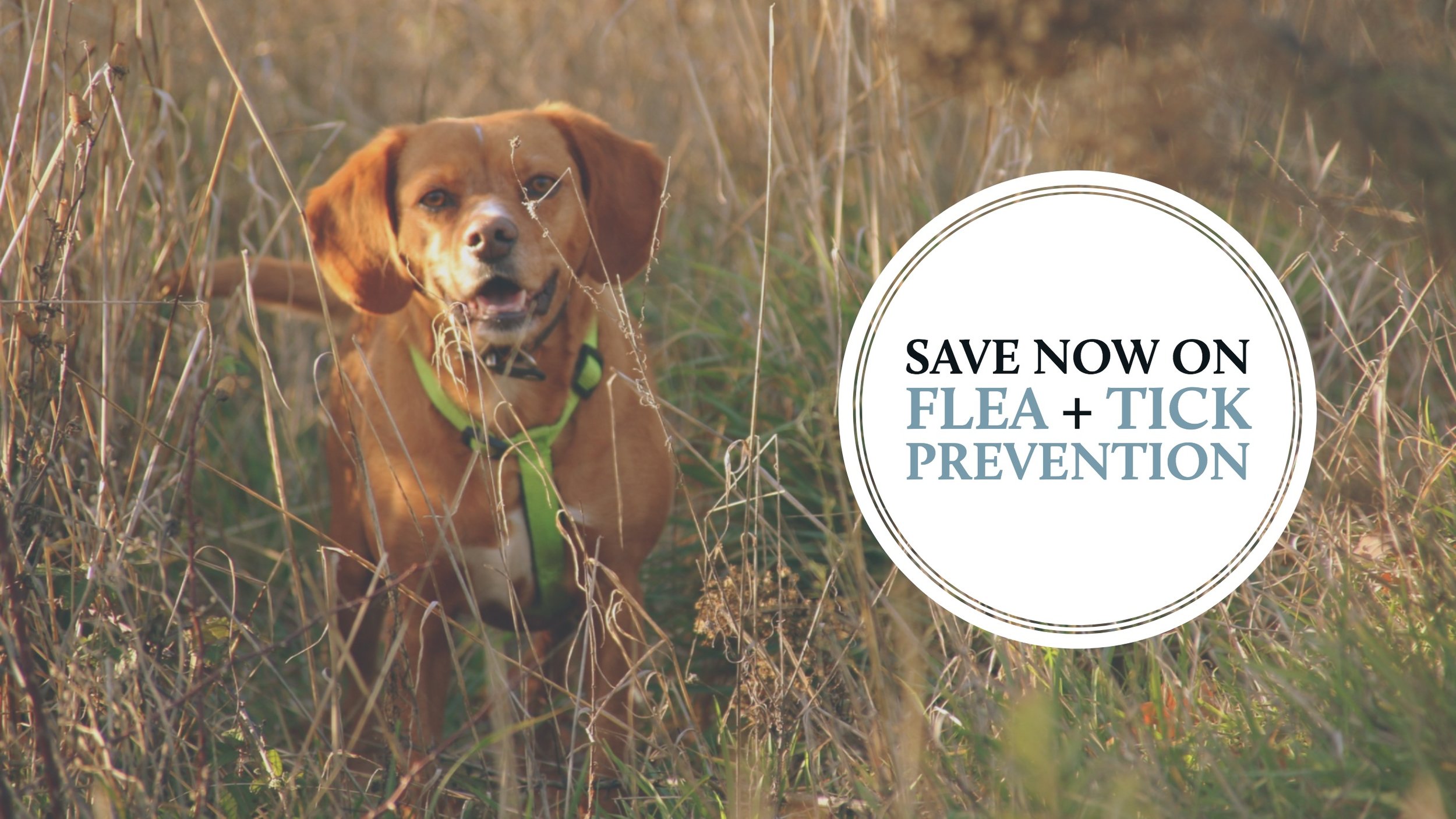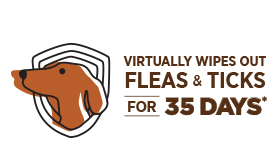New In Stock Alert! We are now carrying a new flea and tick protection option proven to last. Read to the ending for tips on how you will save when you switch to Simparica at River Landings Animal Clinic.
What is Simparica?
Simparica® (sarolaner) Chewables are a safe, monthly flea and tick protection for dogs that start working fast and remain effective all month long.
Simparica starts killing fleas within 3 hours and ticks within 8 hours, and it keeps going strong for 35 days without losing effectiveness at the end of the month.
How does Simparica work?
Simparica is a great tasting chewable tablet given orally once a month. It travels in your dog's blood to safely deliver persistent continuous protection against fleas and ticks from day 1 to day 35*.
*Studies show that Simparica starts killing ticks in 8 hours and is ≥96.9% effective for 35 days against weekly reinfestations of Amblyomma americanum (Lone Star tick), Amblyomma maculatum (Gulf Coast tick), Dermacentor variabilis (American dog tick), and Rhipicephalus sanguineus (brown dog tick).
Why protect against fleas and ticks?
Tick-borne diseases represent a widespread and growing public health hazard to dogs (and their human companions), causing debilitating illness and even death. It only takes one tick to spread disease, so continuous protection is critical to help reduce the risk of infection.
Likewise, it only takes a single "pregnant" flea to start an infestation on a dog or in a home. And although fleas are largely perceived as a mere nuisance, they too can pose health risks to pets and humans.
Why switch to Simparica?
Simparica provides peak protection all month long with no decrease in effectiveness toward the end of the month like some other brands. Comparison charts provided by Simparica on their website.
Save on Simparica!
Purchase 12 doses of Simparica and receive $35 in money-back savings. Purchase 6 doses and get $15 savings. Simply download a special offer voucher and bring it with you to the veterinarian when you purchase Simparica. Then log on to Simparica's website (here) to request your rebate. Your check will be mailed directly to you. It's that simple!
















